Earth and Environment
Explore Earth and Environment
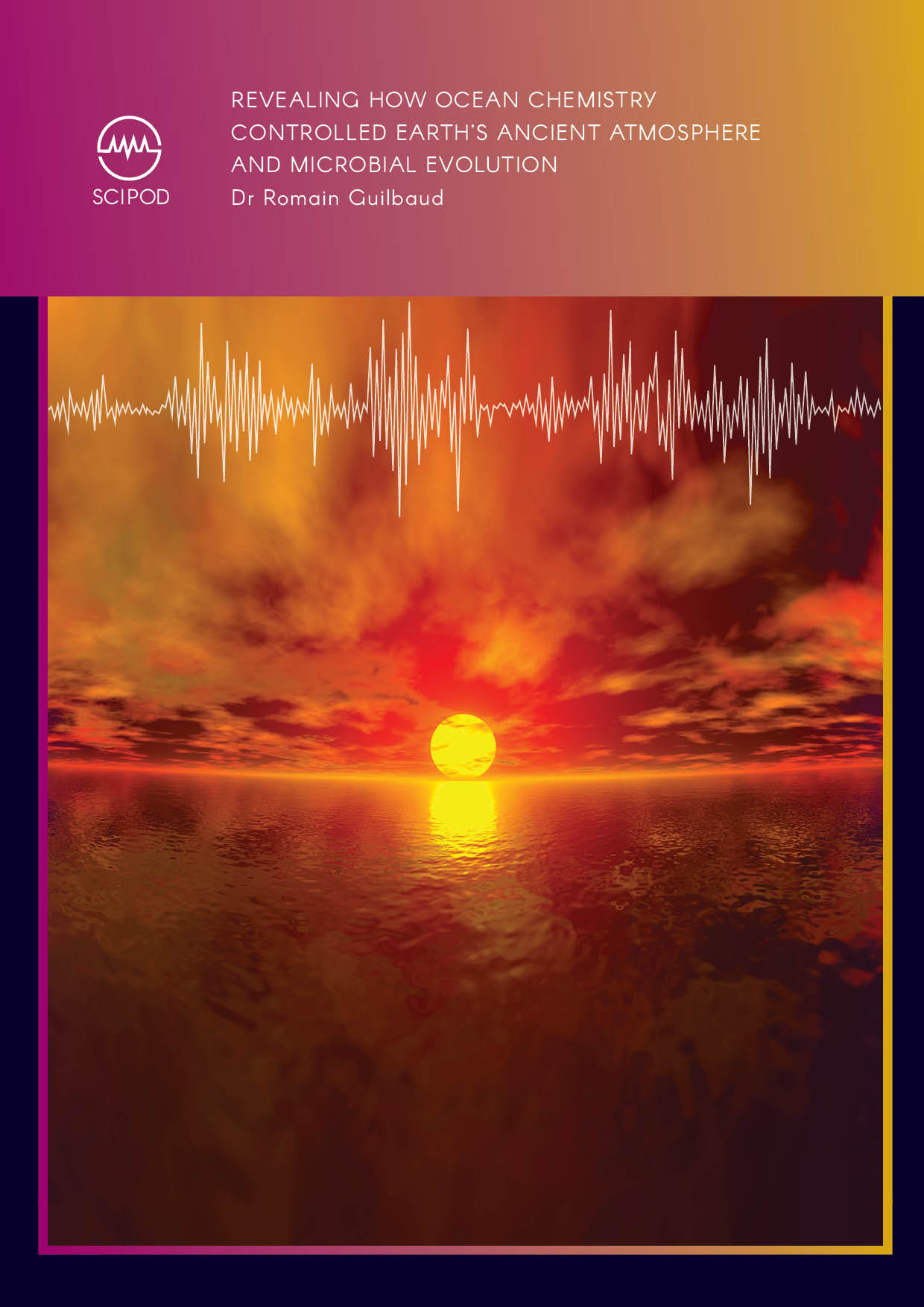
Revealing How Ocean Chemistry Controlled Earth’s Ancient Atmosphere and Microbial Evolution | Dr Romain Guilbaud
Important clues buried within ancient rocks that were deposited on the ocean floor around one billion of years ago could help scientists understand the evolutionary history of life on Earth. Dr Romain Guilbaud and an international team of researchers from the UK and China analysed the chemical composition of these rocky sediments from the Huainan Basin in North China. Their findings demonstrate how changes in ocean chemistry occurring between one billion and 800 million years ago strongly limited the production of atmospheric oxygen, which is a necessary prerequisite for the planet to host complex life.
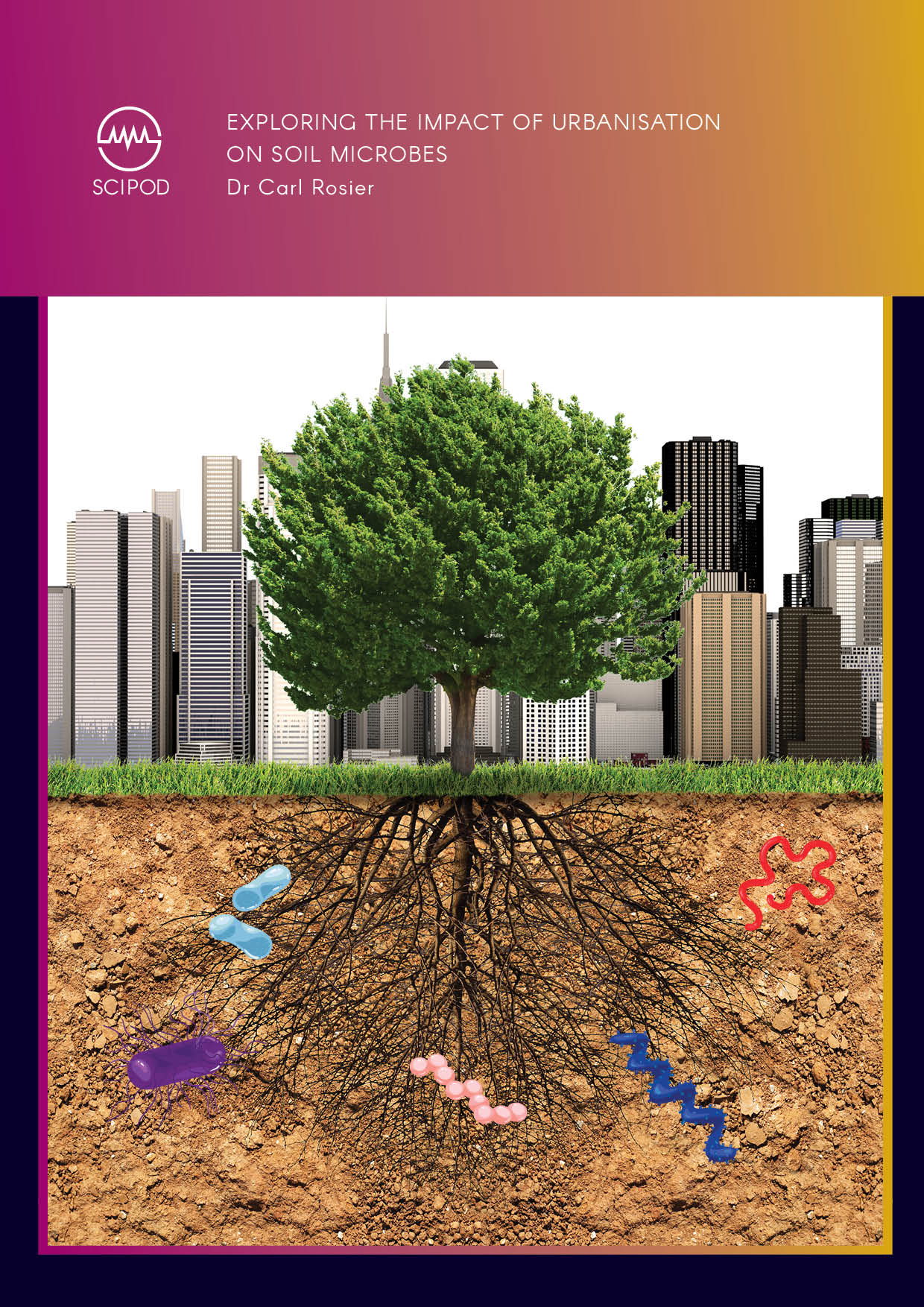
Exploring the Impact of Urbanisation on Soil Microbes | Dr Carl Rosier
Beneath our feet lies one of the most biodiverse habitats imaginable – the soil. These highly active underground microbial communities are vital to ecosystem health; they cycle nutrients, form soil structure, and decompose organic matter, among many other functions. The type of microbes that colonise soil is determined by the local plant community and climatic variables, both of which are rapidly changing due to human activity. In a recent study, Dr Carl Rosier of the University of Delaware has explored how urban development disturbs the environmental cycles that influence the types of microbes found in various soil habitats.
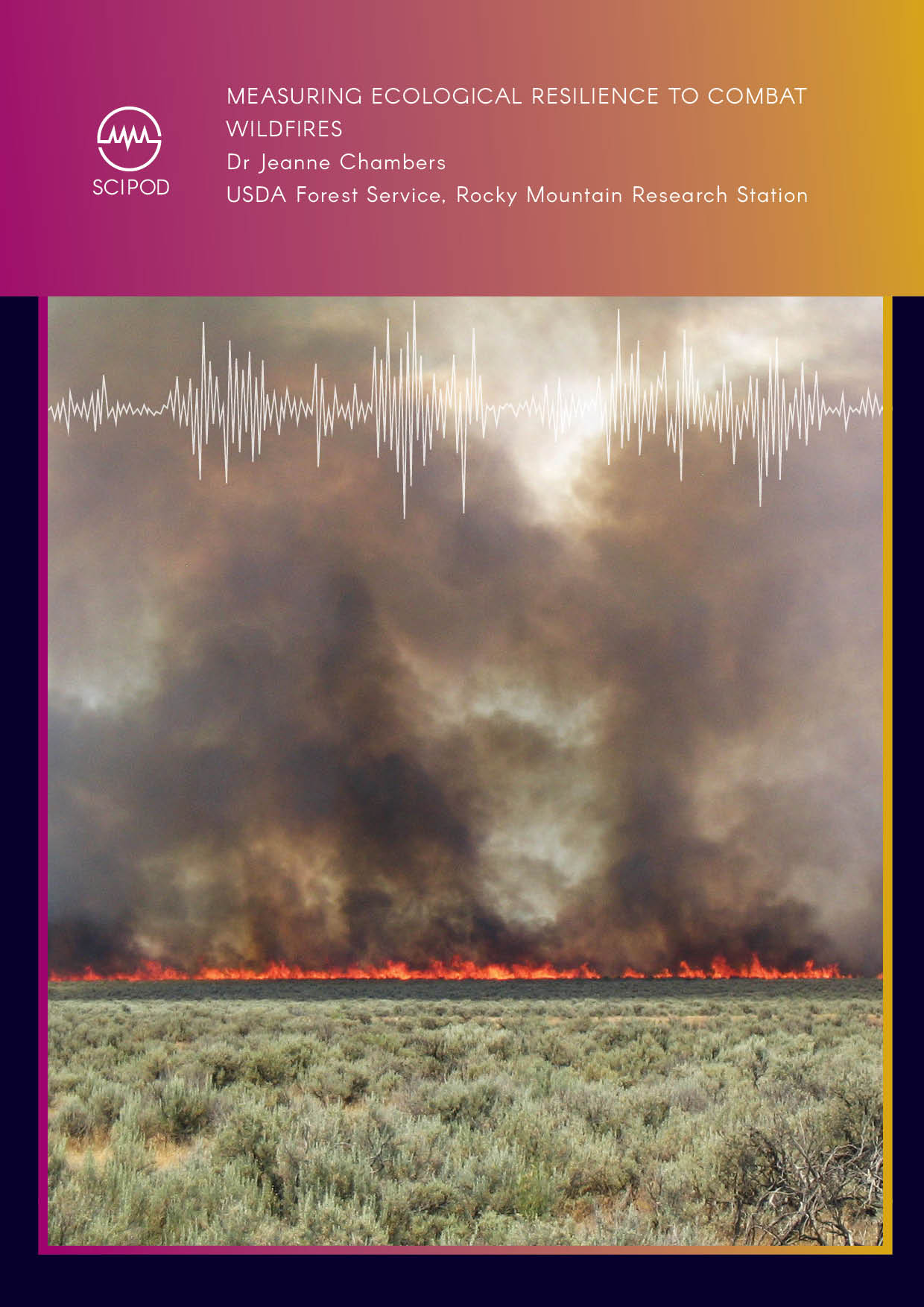
Dr Jeanne Chambers – Measuring Ecological Resilience to Combat Wildfires
Invasive plants can permanently alter ecosystems to promote conditions that support their own persistence. For example, certain invasive grasses can make areas prone to more frequent and larger wildfires, which negatively impact native species but favour fire-resistant invaders. This self-perpetuating process, termed a grass-fire cycle, can be impossible to reverse. Dr Jeanne Chambers of the United States Department of Agriculture’s Rocky Mountain Research Station and her colleagues – Matt Brooks, Matt Germino, Jeremy Maestas, David Board, Matt Jones, and Brady Allred – recently examined how an ecosystem’s resilience to fire and resistance to invasive grasses influence whether a grass-fire cycle will establish. In their paper, the scientists introduced a geospatial tool and decision matrix that incorporate measures of ecological resilience and resistance to invasive grasses for designing management strategies to combat grass-fire cycles.
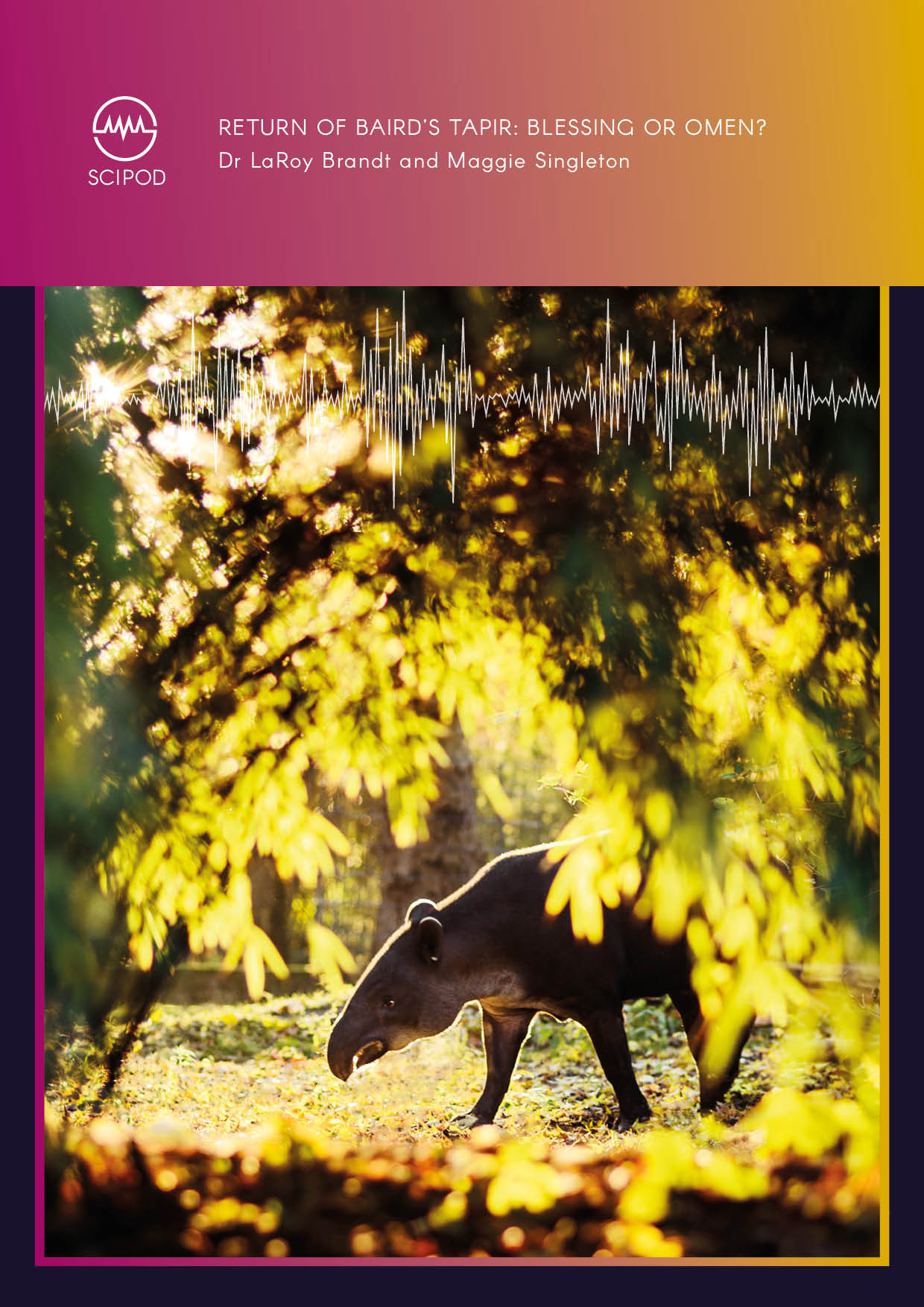
Return of Baird’s Tapir: Blessing or Omen? | Dr LaRoy Brandt – Maggie Singleton
The destruction of jungle and forest habitats is a serious issue threatening species across the globe. Dr LaRoy Brandt and Maggie Singleton of Lincoln Memorial University studied one such threatened species, Baird’s tapir, in Costa Rica. By identifying the tapir’s tracks and deploying remote trail cameras, the team caught rare glimpses of this threatened species, indicating a return of the native population and an increase in their numbers. The question is, however, is this increase a sign of improving habitats or a result of less favourable forces at play?
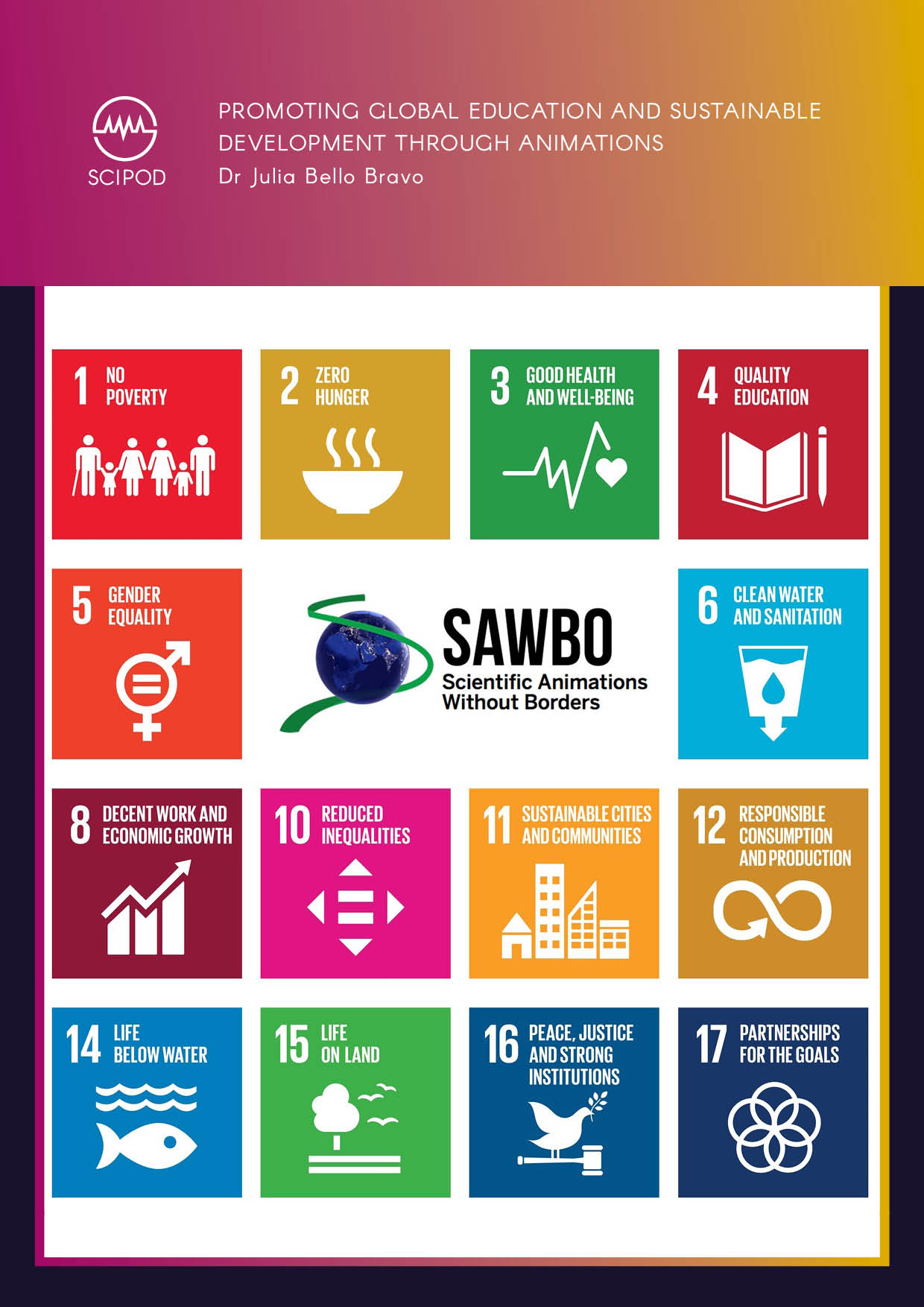
Promoting Global Education and Sustainable Development Through Animations | Dr María Angeles Rodriguez-Domenech
One of the main priorities of the United Nations and other international organisations is to encourage the sustainable economic, social, and environmental development of all countries worldwide. Education plays a crucial role in these efforts, as it allows individuals to become more knowledgeable about matters of public interest, while potentially improving their life skills. Researchers at Purdue University and Michigan State University have created Scientific Animations Without Borders, a platform that produces and disseminates educational animations in numerous languages and dialects. A recent paper authored by Dr María Angeles Rodriguez-Domenech of the University of Castilla-La Mancha in Spain discusses the potential of this innovative platform as a tool for sustainable development.
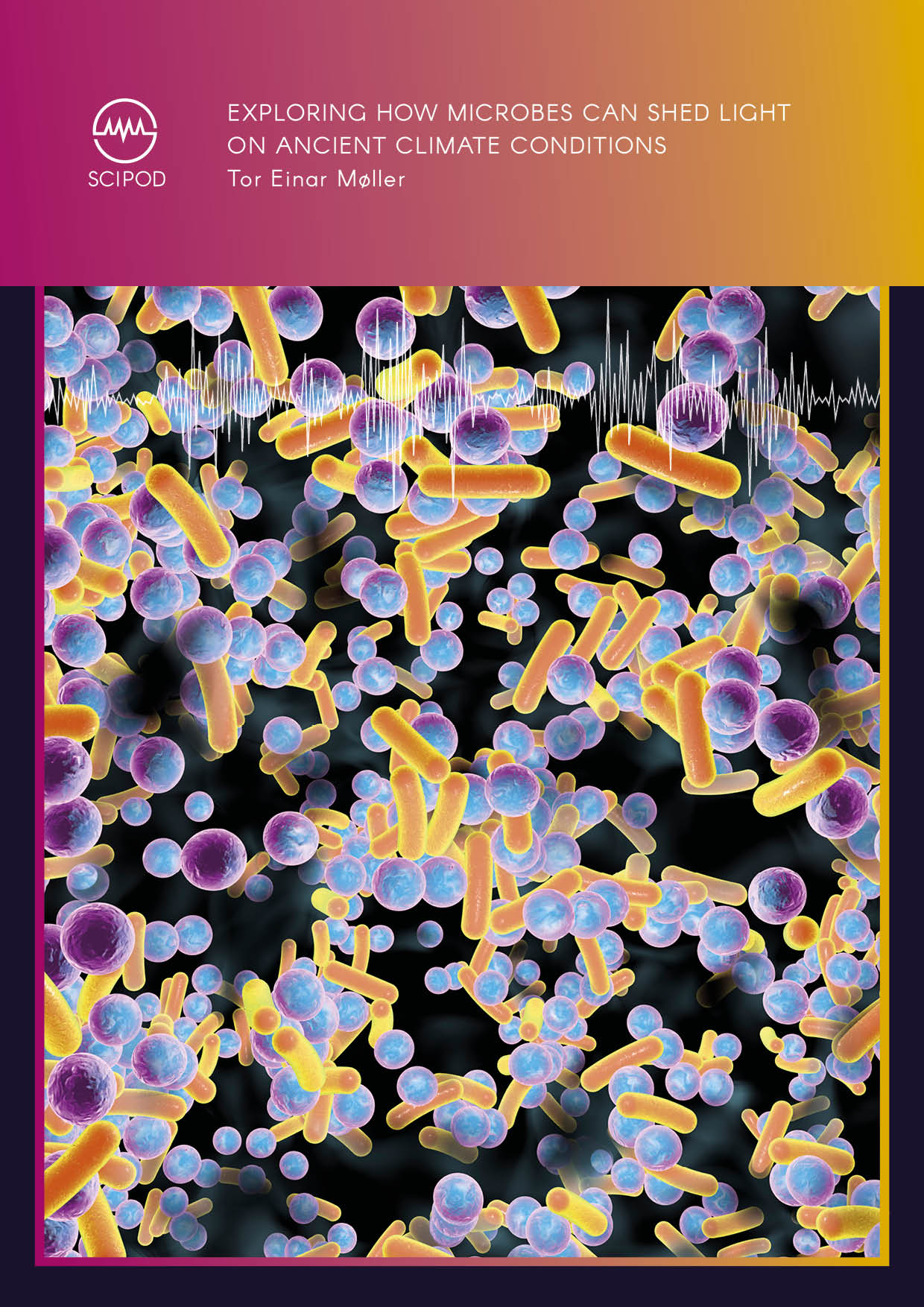
Exploring How Microbes Can Shed Light on Ancient Climate Conditions | Tor Einar Møller
To study the climate of the ancient past, researchers look for its fingerprints in deep marine and lake sediments. Within these geological records are large and active microbial communities that may hold other clues about past environmental conditions and transitions. Tor Einar Møller [Tore Ee-naar Moe-lerr], a doctoral candidate at the University of Bergen, Norway, examined the link between contemporary microbe composition and the ancient climate. In a recent paper, he demonstrates that current microbe communities found within sediment cores capture elements of past environments.
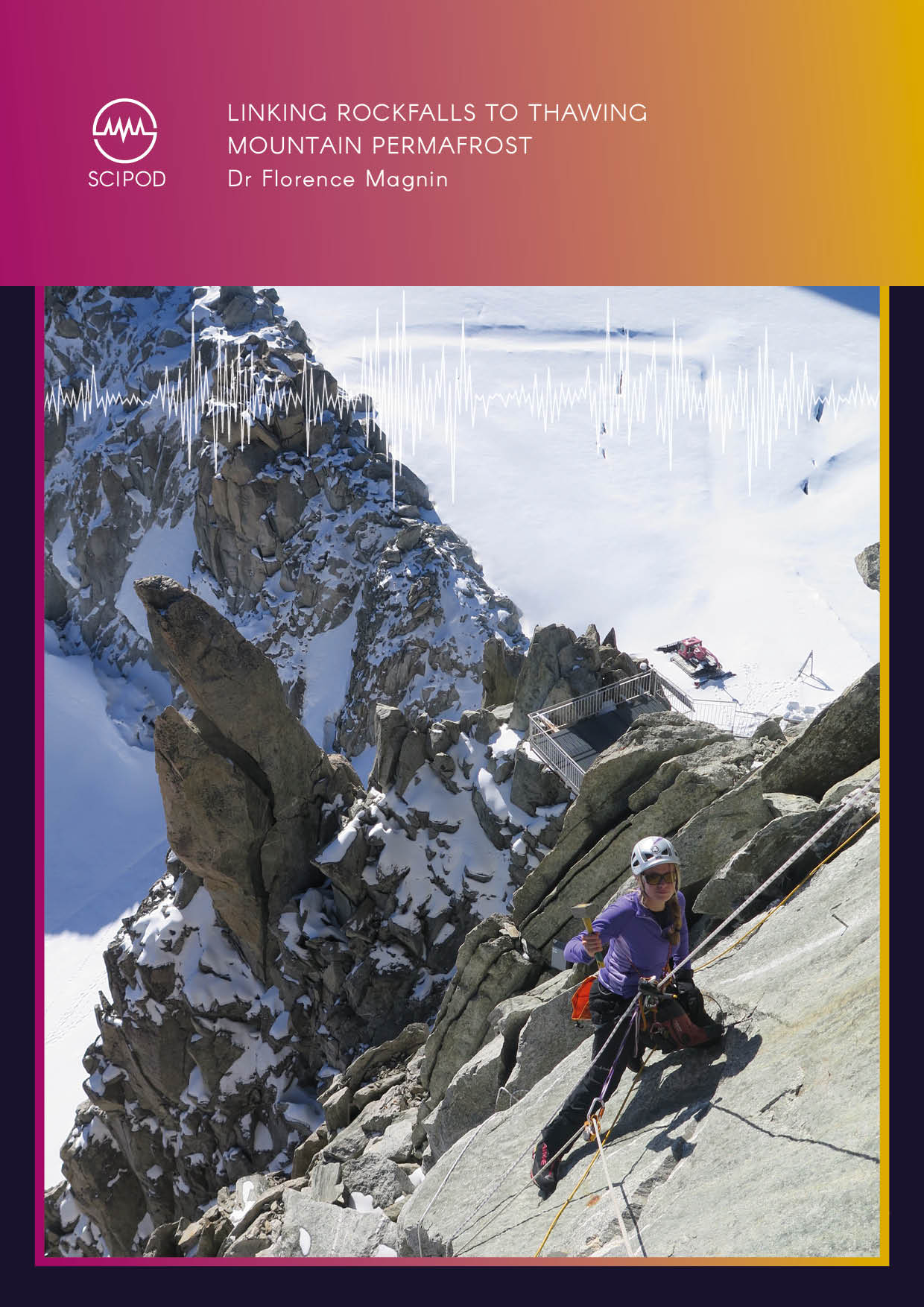
Linking Rockfalls to Thawing Mountain Permafrost | Dr Florence Magnin
Permafrost is key to maintaining the stability of steep mountain slopes. Yet as the climate warms, this frozen ground is becoming increasingly prone to thawing. In some cases, these events can trigger cascades of loose rock, with potentially devastating consequences for surrounding communities. Using a combination of computer modelling, and daring field experiments, Dr Florence Magnin at the Laboratory of Environments, Dynamics and Mountain Territories (EDYTEM) aims to better predict when and where these rockfalls are likely to occur, and how the state of mountain permafrost will evolve in the future.
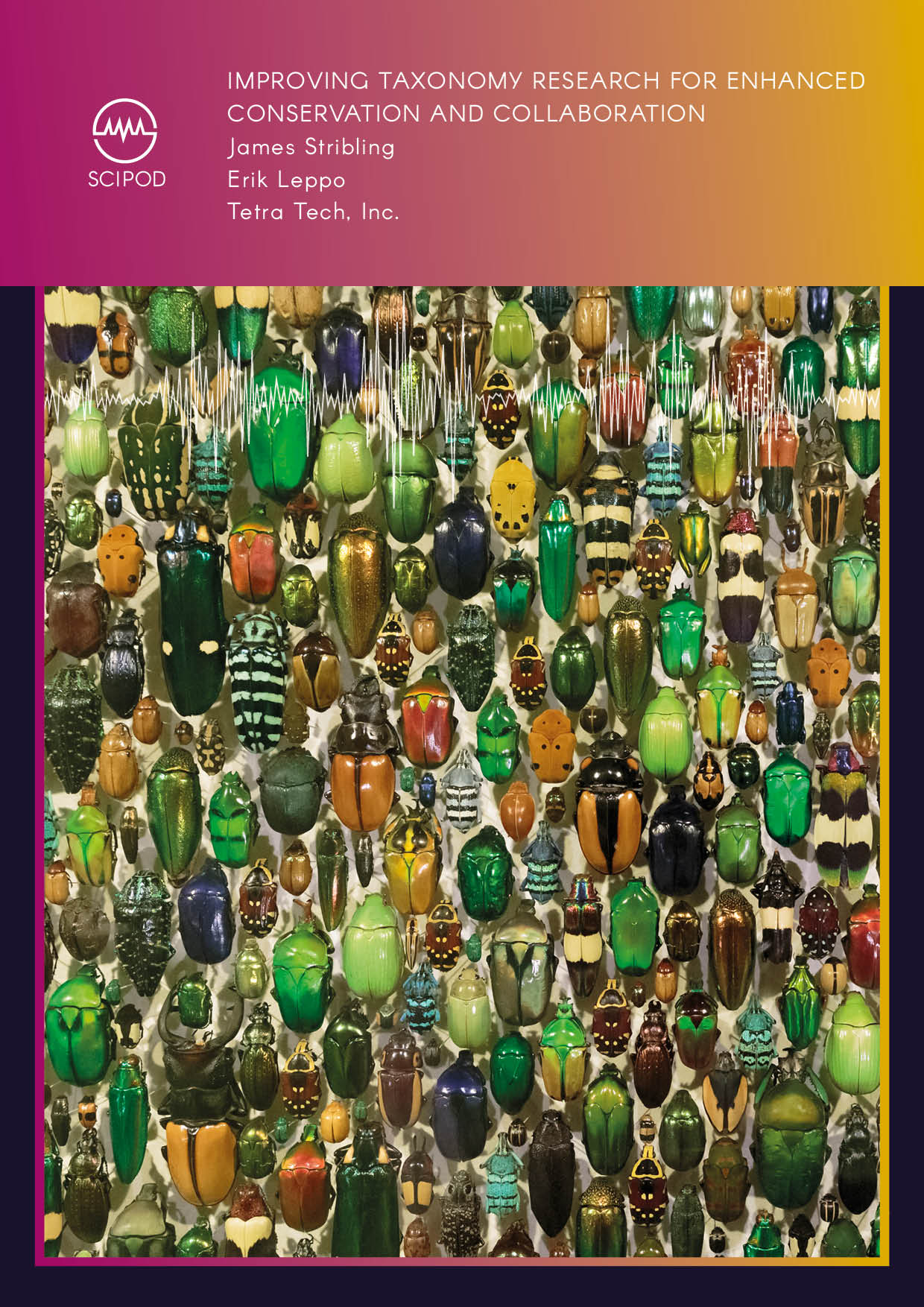
Improving Taxonomy Research for Enhanced Conservation and Collaboration
Identifying species with accuracy is important for numerous reasons; for instance, accurately knowing which organisms are present in an ecosystem is essential for informing conservation strategies to protect it. Therefore, if there is any question about an organism’s identity, it is important to document that uncertainty. However, levels of uncertainty are unknown for many research groups that carry out biological monitoring. James Stribling and Erik Leppo from Tetra Tech, Inc.’s Center for Ecological Sciences introduce a process for deriving uncertainty values, by studying the rates at which freshwater organisms in the US tend to be misidentified.
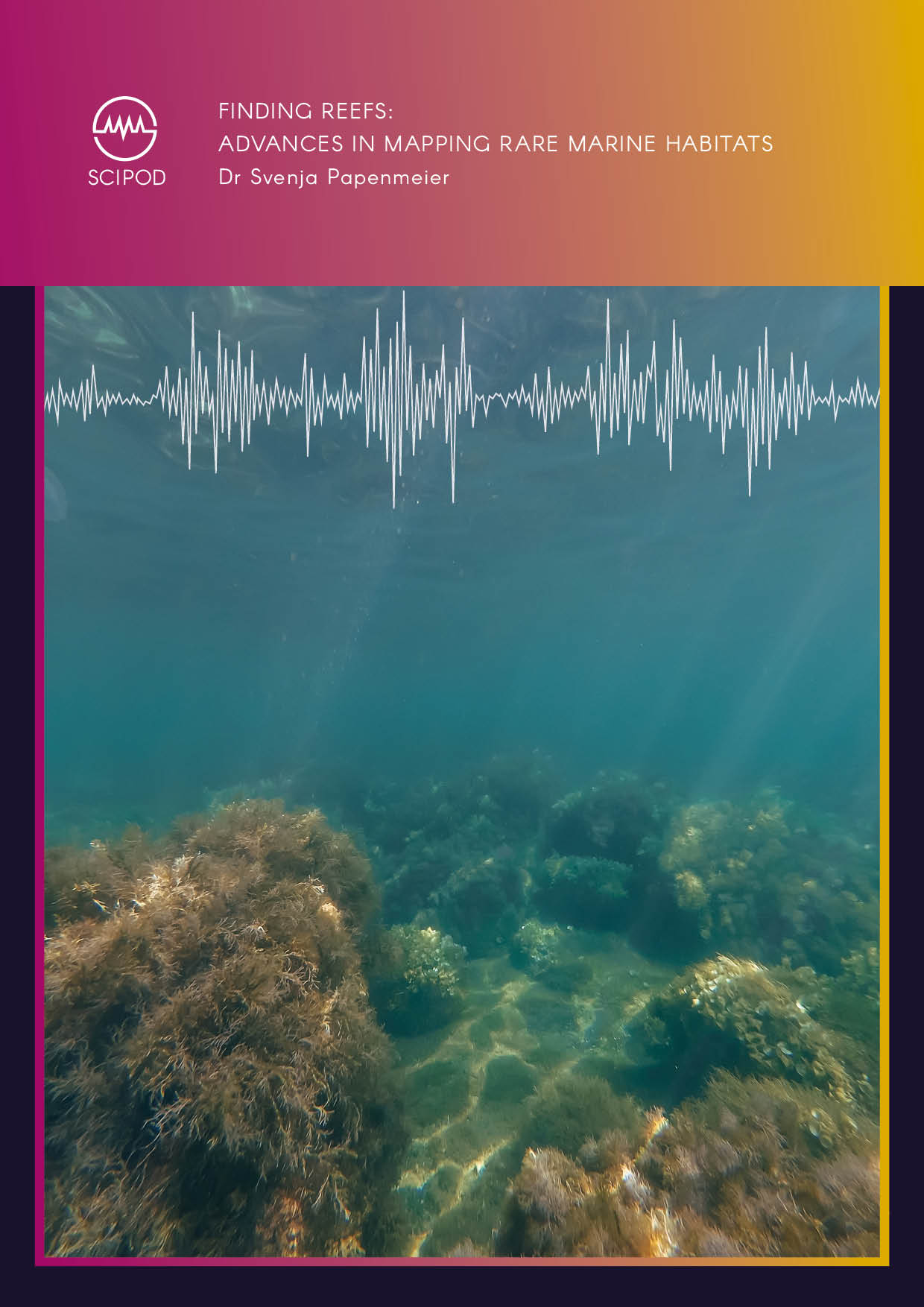
Finding Reefs: Advances in Mapping Rare Marine Habitats
The marine environment houses complex types of ecosystems that provide vital services and habitat to aquatic life. Areas of the seafloor where rocky outcrops are present, such as reefs and gravel beds, are some of the rarest marine habitats. Also known as ‘hard substrate habitats’ these ecosystems are under increasing pressure from fishing, eutrophication, climate change, and coastal management. Though hard substrates are protected in the European Union, we are unable to manage them effectively because maps describing their location and dimensions are inaccurate. In a review paper, Dr Svenja Papenmeier [Sven-yah Pah-pan-my-er] of Germany’s Leibniz Institute for Baltic Sea Research Warnemünde summarises existing rules for mapping substrate habitats, and describes new and potentially ground-breaking mapping techniques.
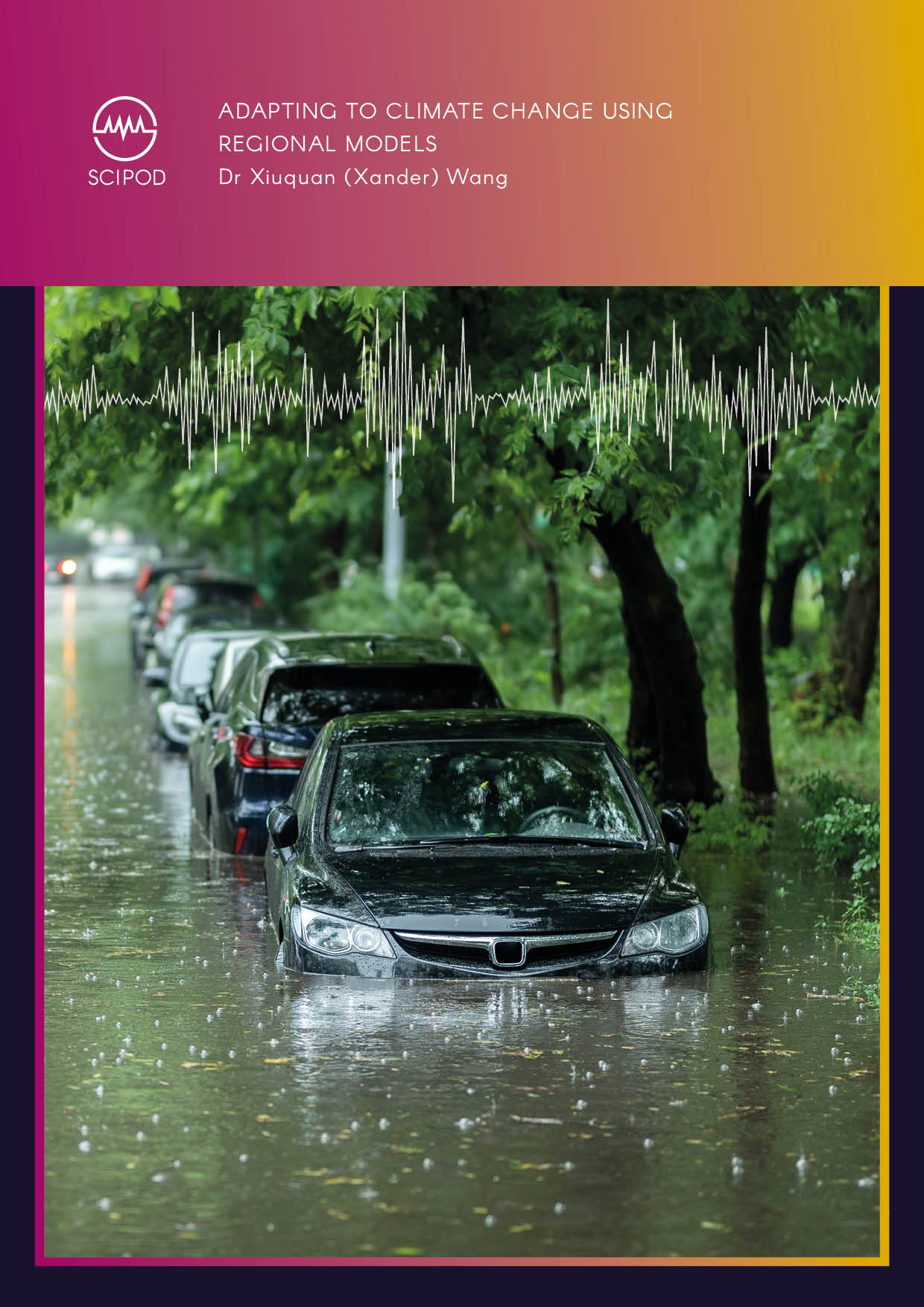
Adapting to Climate Change Using Regional Models
As the impacts of climate change become increasingly obvious worldwide, focused efforts to mitigate its worst effects are becoming more urgent. Through his research, Dr Xander Wang at the University of Prince Edward Island aims to innovate the computer models used to predict these future changes on smaller, regional scales. His team’s work is making important strides towards an advanced predictive toolset, which policymakers could use to make the best possible decisions about how to protect local populations from future climate-related disasters.
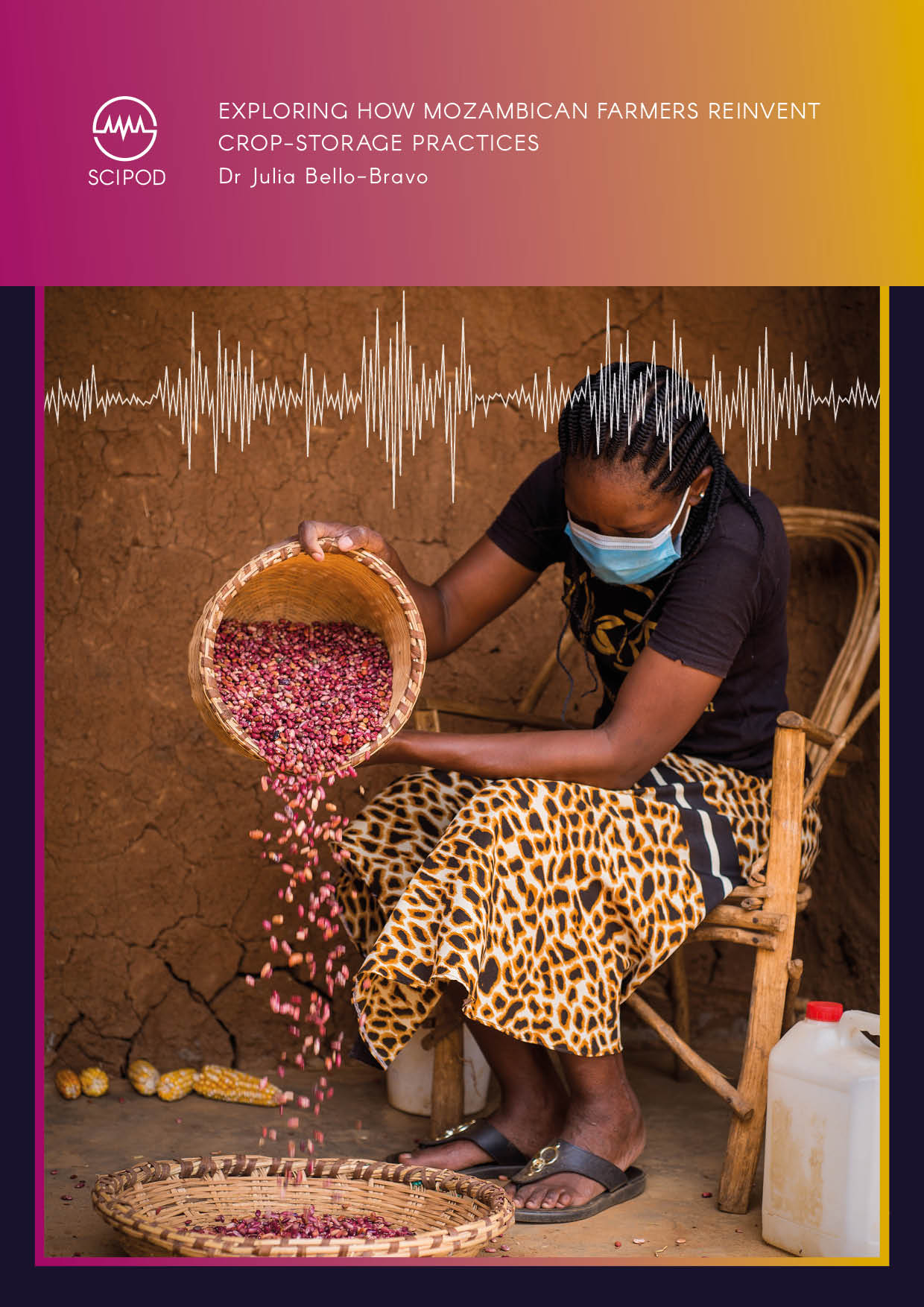
Exploring How Mozambican Farmers Reinvent Crop-storage Practices – Dr Julia Bello-Bravo
SciPod · Exploring How Mozambican Farmers Reinvent Crop-storage Practices - Dr Julia Bello-BravoOriginal Article Reference This SciPod is a summary of the paper...
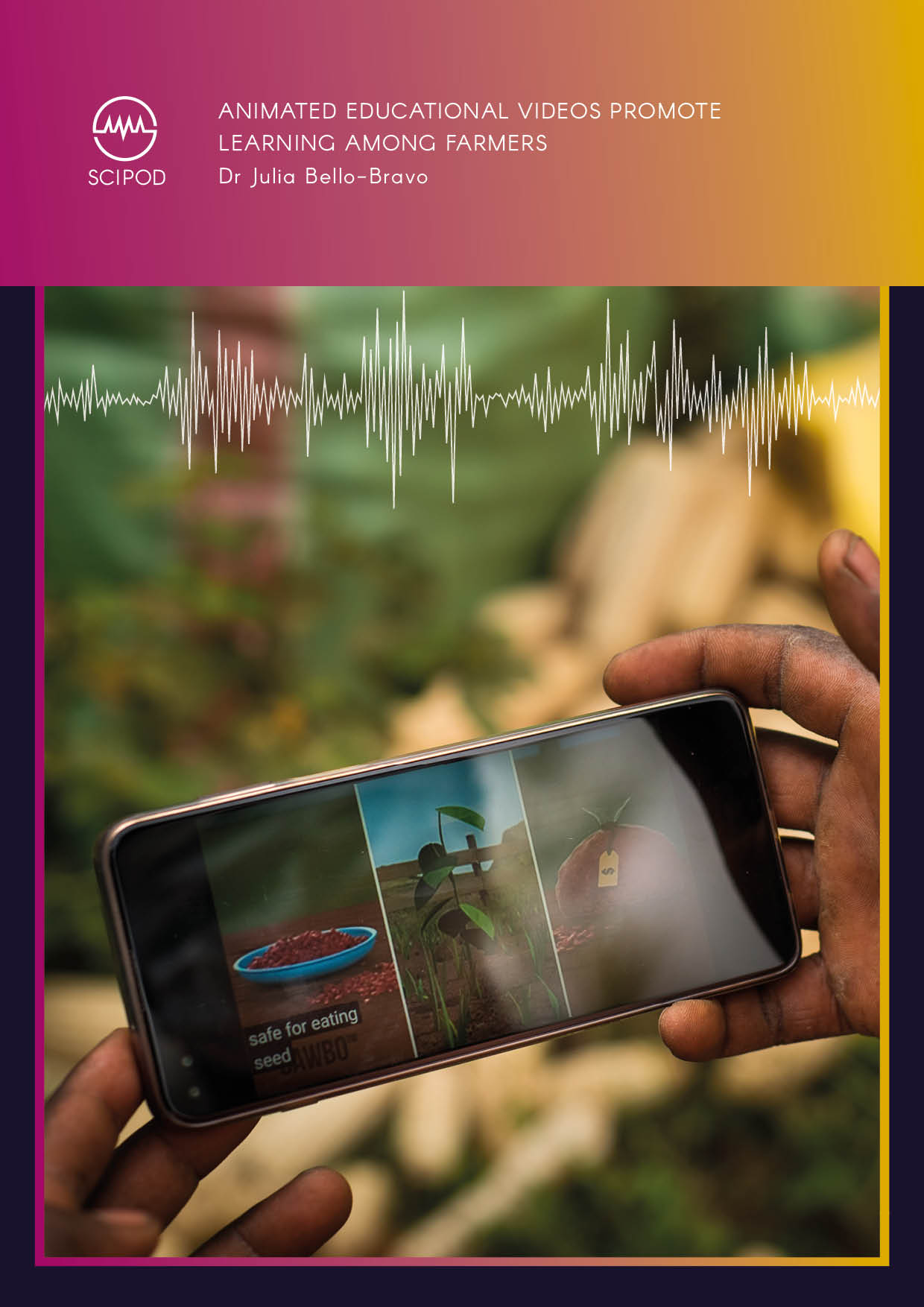
Animated Educational Videos Promote Learning Among Farmers
SciPod · Animated Educational Videos Promote Learning Among FarmersOriginal Article Reference This SciPod is a summary of the...
Increase The Impact Of Your Research!
Explore partnership opportunities
Unwind without the hassle. Enjoy fresh audiobooks, delivered free!
